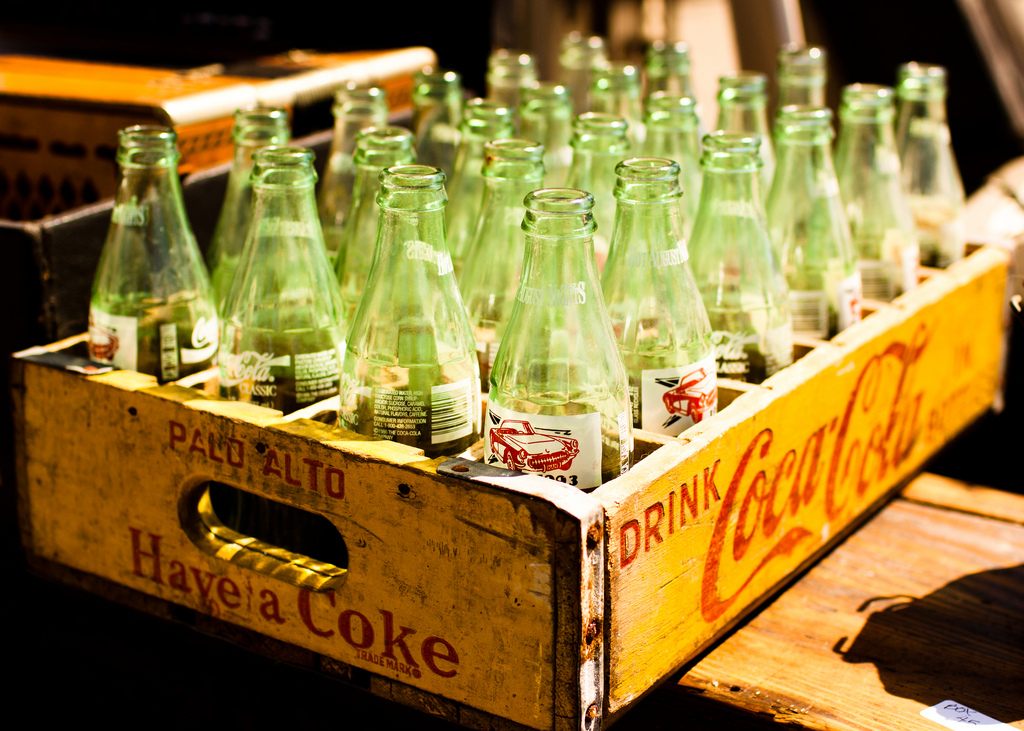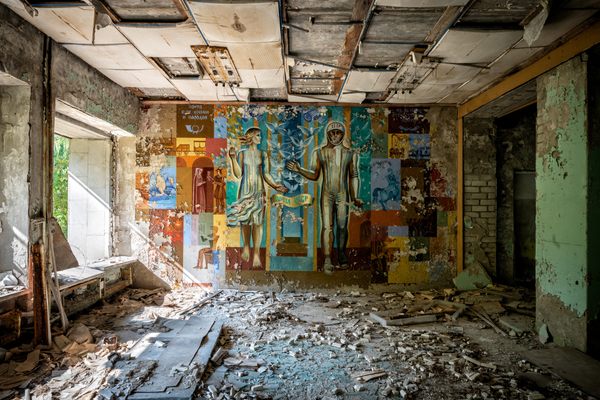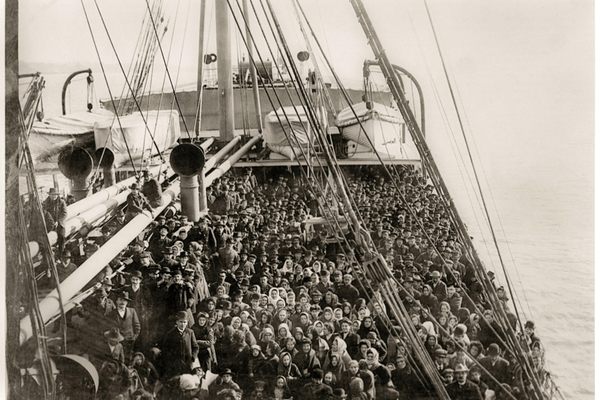Object of Intrigue: How a Red Army General Inspired ‘White’ Coca-Cola

Though little recognized in the West, Red Army leader Georgy Zhukov played a central role in the vanquishing of the Nazi regime. The most decorated general officer in Russian history, he pushed the German army from Stalingrad all the way back to Berlin, where, after a two week battle, Nazi Germany was kaput.
But there was one powerful force to which Zhukov could not help but yield: the sweet, sweet taste of ice-cold Coca-Cola.

Post-war, Zhukov was introduced to the effervescent pleasures of the American drink via General Eisenhower in Germany. Zhukov was an immediate fan, but there was a problem: with the U.S. and the USSR–former allies–finally facing up to the true extent of their ideological differences, Zhukov couldn’t be seen chugging down a capitalist Coke.
During World War II, Coca-Cola worked to make itself synonymous with American values and patriotism. Thanks to the company’s savvy soldier-focused marketing—and a resulting exemption from the sugar ration—cracking open a bottle became a way for G.I.’s to get a fizzy taste of home when hunkered down in Europe. To ensure American soldiers posted around the world never went without their favorite refreshing drink, Coke even established 64 special troop-targeted bottling plants within easy reach of the conflict zones in Europe and the Pacific.
To drink Coca-Cola was to say yes to all that America stood for. Therefore, if you were a figure of Communist triumph like General Zhukov, you couldn’t very well fight in the Cold War with a cold Coke in your hand. But the savvy Soviet leader managed to find a way around this clash: White Coke.

Georgy Zhukov speaking on a subject other than Coke in 1941. (Photo: RIA Novosti archive/Wikipedia)
According to Mark Pendergrast, author of For God, Country and Coca-Cola, Zhukov was so enamored with the drink that he approached the Coca-Cola Company to ask for a clear version of it so he could sip it surreptitiously. A chemist at Coca-Cola reportedly complied by removing caramel from the formula, which made the liquid transparent. Packaging also had to be addressed—in place of the instantly identifiable curvaceous glass bottle, Coca-Cola supplied a clear bottle with straight sides, a white cap, and even a red star, for that extra Soviet-friendly touch.
While the creation of a drink targeted at a market of one Soviet man may seem like a waste of time for Coke, the venture had great benefits for the company. As Pendergrast notes in his book, standard brown Coke had to pass through a Russian-controlled part of Austria in order to reach a bottling plant in Vienna, which was jointly administered by the USA, the UK, France and the Soviet Union. With Zhukov on their side, Coke found that its delivery trucks passed through the Russian zone swiftly, in contrast to the weeks of bureaucracy others had to endure.
White Coke, created in a small batch especially for Zhukov, was never released more widely. But to those who grew up in the early ‘90s, the drink may sound familiar. For a brief, dazzling time back then, clear cola was a big thing. Crystal Pepsi, a colorless version of the standard brown soda, made a triumphant debut via a puzzling, Van Halen-soundtracked Super Bowl ad in 1992. A few months later, Coca-Cola launched Tab Clear, a transparent diet soft drink. Despite a strong debut, both beverages tanked and were pulled from the market within two years.
Recent nostalgia-fueled efforts to revive Crystal Pepsi may yet see results, but overall, clear cola seems an unappealing proposition to consumers—in contrast to General Zhukov, who apparently couldn’t get enough of the stuff.
















Follow us on Twitter to get the latest on the world's hidden wonders.
Like us on Facebook to get the latest on the world's hidden wonders.
Follow us on Twitter Like us on Facebook